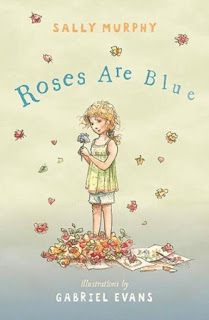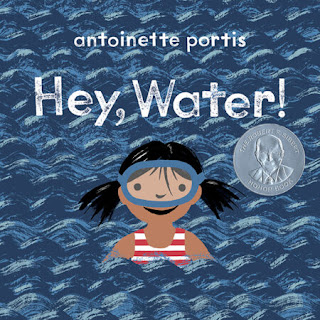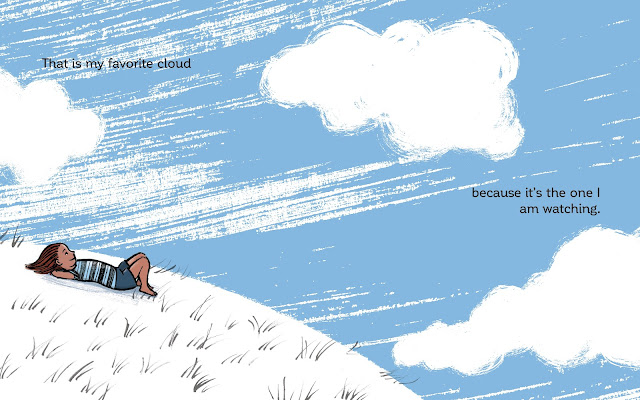Reading this book you will quickly fall into the gentle rhythm of the writing. The story, told here by Katherine Paterson, is easy to read but it also offers an amazing insight into a piece of history, especially the history of Cuba, that I knew absolutely nothing about.
Based on the true experiences of those involved in Fidel Castro’s universal literacy programme, which aimed to bring literacy to all of Cuba in just 12 months, this is a fascinating look at a period of recent world history seen through the eyes of an idealistic young woman. A vivid portrayal of the value of education in empowering even the poorest people. Book Trust
750,000 volunteers signed up to teach people in remote areas of Cuba how to read and write. In just one year the United Nations declared Cuba to be an "illiteracy-free" nation.
Lora aged only 13, travels to a remote farming area where she meets a wonderful family - all of whom are determined to learn to read and write even though at the beginning none can even write their own name. Lora is patient and also very keen to learn farm chores so she can assist the family. The materials supplied for teaching do contain propaganda about Castro but Katherine Paterson does not dwell on this. For myself, I was curious to see these primers used by the young teachers. As a reader I was totally caught up in watching Lora work and live with this family. Some learn quickly others have to work very hard and the whole time Lora shows a quiet wisdom well beyond her years. Katherine Paterson also creates just the right amount of tension in her story when we read that a year ago another young volunteer eighteen year old Conrado Benitez was murdered by insurgents. Lora's team are named after this young man. "Conrado Benitez Brigadistas—100,000 young volunteers (ages 10–19) who left school to live and work with students in the countryside." All of the young teachers are on edge throughout the year knowing these insurgents are still very active.
Here are some text quotes:
"Even if they didn't like me, they had asked for a teacher and volunteered to take one into their home - so they must want to learn - they must want to be able to read and write. ... But was I up to the task of teaching them?"
"Step by step, students would move from learning vowels and consonants to learning words, short phrases, then sentences. At the same time the lessons would help our students understand about our country after the revolution - about land reform, cooperative stories, the conversion of buildings that once belonged to the rich into homes and schools for the poor."
"I learned a lot that day - how to fill the large cans with water from the river ... how to boil coffee, how to wash clothes on the rocks by the river, ... how to feed the chickens and the goats and the oxen, how to prepare a meal. I would even learn how to skilfully milk a goat, cut corn with a machete, ride a horse, and plow a field behind a team of oxen."
Publisher blurb: When thirteen-year-old Lora tells her parents that she wants to join Premier Castro’s army of young literacy teachers, her mother screeches to high heaven, and her father roars like a lion. Lora has barely been outside of Havana — why would she throw away her life in a remote shack with no electricity, sleeping on a hammock in somebody’s kitchen? But Lora is stubborn: didn’t her parents teach her to share what she has with someone in need? Surprisingly, Lora’s abuela takes her side, even as she makes Lora promise to come home if things get too hard. But how will Lora know for sure when that time has come? Shining light on a little-known moment in history, Katherine Paterson traces a young teen’s coming-of-age journey from a sheltered life to a singular mission: teaching fellow Cubans of all ages to read and write, while helping with the work of their daily lives and sharing the dangers posed by counterrevolutionaries hiding in the hills nearby.
Readers should not expect an action-packed tale, but the writing is straightforward and moves at a swift pace. ... Paterson offers a glimpse of the daily life of a brigadista, redressing the cursory associations many have about Castro’s Cuba. Hers is a positive study of an amazing moment in history that nonetheless acknowledges the darker political machinations at play. Kirkus
Foremost this is an engaging story about a young girl asserting her independence at a time of change and following through with her convictions. A strong message to share with young girls, especially. Just Imagine
Here is an interview with Katherine Paterson where she talks about this book. The video is 40 minutes but it is well worth taking the time to listen. You can read here why Katherine Paterson wrote this book. Read more about the literacy program in 1961 here. Five Questions plus one with Katherine Paterson.
The endorsement on the back of this book is so wonderful - it is from an actual brigadista. Emilia says: "it was an experience of solidarity, in the very best sense of what each of us as a human being has to offer."
When I was helping a friend re-shelve her extensive book collection recently we discovered she had two copies of My Brigadista Year and so she offered this copy to me. This is the real joy of reading - walking for a few hours in the shoes of another person. Lora is a quiet hero and I am thrilled to have discovered her story.
Here are some quotes from the book review by Dr Robin Morrow for Magpies Magazine (Paterson, Katherine (My Brigadista Year) Magpies Vol.33 No.1 March 2018 p.37):
The arresting cover accurately signals the content of this book. A bright-eyed girl strides purposefully forward, clad in khaki uniform, carrying not a gun but books and pencil, against a background of workers in the fields.
With short sentences and plenty of dialogue, veteran storyteller Katherine Paterson uses Lora’s first-person narration to draw the reader into this tale of resilience and deep change ...
This late-career book from Katherine Paterson shows she has retained her courage, deft touch and depth of feeling.
Companion books set in Cuba:


















































